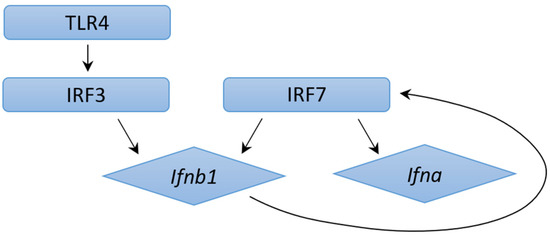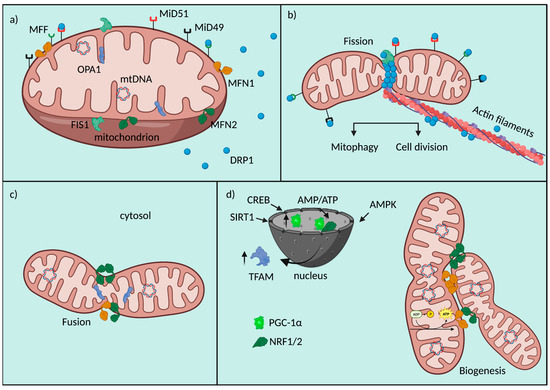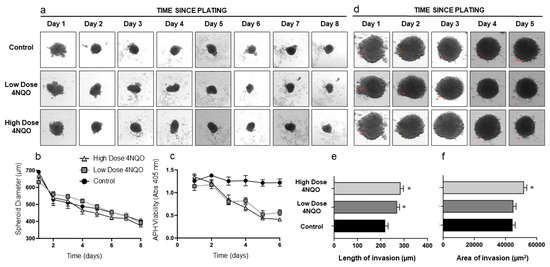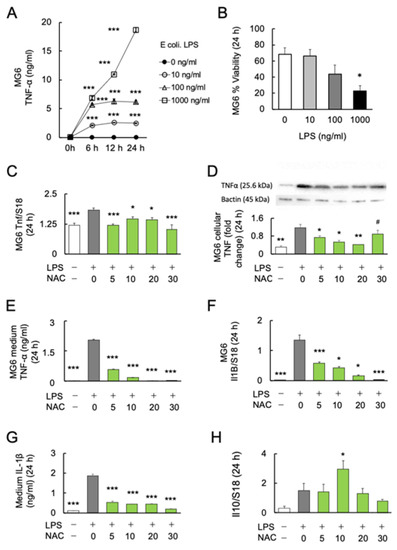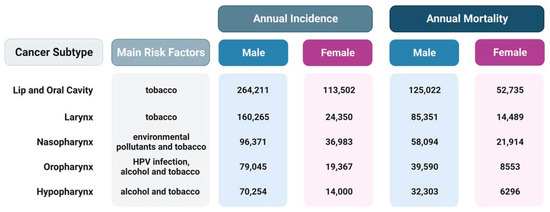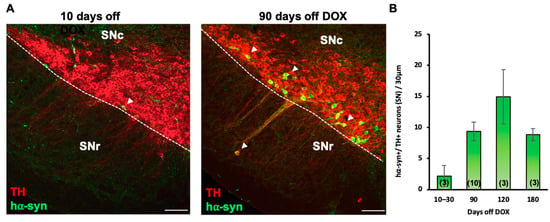Department of Medical Biotechnology, Dongguk University, Goyang-si 10326, Republic of Korea
Int. J. Mol. Sci. 2023, 24(4), 3058; https://doi.org/10.3390/ijms24043058 - 4 Feb 2023
Cited by 7 | Viewed by 4256
Abstract
In this study, we investigated the effect of EMF exposure on the regulation of RANKL-induced osteoclast differentiation in Raw 264.7 cells. In the EMF-exposed group, the cell volume did not increase despite RANKL treatment, and the expression levels of Caspase-3 remained much lower
[...] Read more.
In this study, we investigated the effect of EMF exposure on the regulation of RANKL-induced osteoclast differentiation in Raw 264.7 cells. In the EMF-exposed group, the cell volume did not increase despite RANKL treatment, and the expression levels of Caspase-3 remained much lower than those in the RANKL-treated group. TRAP and F-actin staining revealed smaller actin rings in cells exposed to EMF during RANKL-induced differentiation, indicating that EMF inhibited osteoclast differentiation. EMF-irradiated cells exhibited reduced mRNA levels of osteoclastic differentiation markers cathepsin K (CTSK), tartrate-resistant acid phosphatase (TRAP), and matrix metalloproteinase 9 (MMP-9). Furthermore, as measured by RT-qPCR and Western blot, EMF induced no changes in the levels of p-ERK and p-38; however, it reduced the levels of TRPV4 and p-CREB. Overall, our findings indicate that EMF irradiation inhibits osteoclast differentiation through the TRPV4 and p-CREB pathway.
Full article
(This article belongs to the Special Issue Advances in the Molecular Biological Effects of Magnetic Fields)
▼
Show Figures




